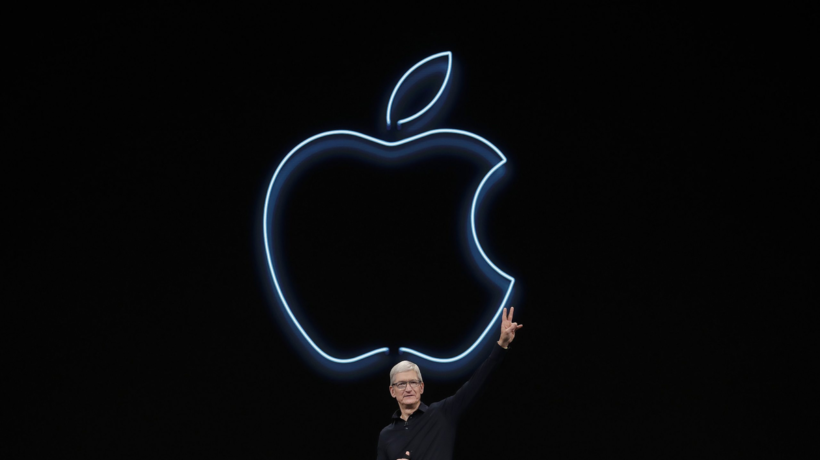The Apple event this week was a foregleam of things to come in the technology world. For the very first time in the history of the Apple Worldwide Developers Conference, the event was hosted virtually.
The event was started in 1987 in Santa Clara, US. Apple uses the event to showcase their new software and technologies for software developers. Apple hosted one of the most successful virtual events in the technology world. Forget the new features and products announced at the event – the virtual event itself was the actual showcase.
This event signalled something more important than just an event. Although the circumstances that led to hosting the event virtually were due to COVID-19 concerns, Apple has turned this situation into a business opportunity.
Earlier this month, Apple was granted a patent for a head-mounted display (HMD) device with a vision correction system that eliminates the need for users to wear prescription glasses to enjoy mixed reality (MR) content. The virtual Apple Worldwide Developers conference was part of a virtual future showcase by Apple.The first patent, entitled “Head-Mounted Display Device With Vision Correction”, talks about a vision correction optical system that incorporates user’s prescription glasses in the system.The system automatically adjusts the optics to address users’ vision problems such as nearsightedness, farsightedness and astigmatism. As a result, the system can eliminate the need to wear glasses while using Apple’s HMD. The second patent application entitled “Optical Systems with Multi-Layer Holographic Combiners” relating to Apple’s future HMD and glass devices.
What this means is that in the near future we are likely to see a new product from Apple which will likely replace spectacles as we know them. It will also serve as a tool that will allow us to enjoy virtual events with eyewear from Apple. This is a critical development that has been foreseen by leading technology figures such as Robert Scoble who has written a book with Irena Cronin on this subject. In the book,The Infinite Retina, Scoble and Cronin highlight that in small ways, and in big ways, our world is about to change.
The 2020s are already seeing more change than we’ve seen in decades.Society and users of technology have undergone 3 major phases in the evolution of computing. The first one had to do with the beginning of personal computing and the interface being text-based. The second phase, graphics, and color capabilities were later included. Movement and mobility were added with the third phase in the form of mobile phones. We are now moving towards the fourth phase which is mainly about Spatial Computing.This phase is mainly inspired by the transition from physical to virtual space. Spatial Computing comprises all software and hardware technologies that enable humans, virtual beings, or robots to move through real or virtual worlds, and includes Artificial Intelligence, Computer Vision, Augmented Reality (AR), VR, Sensor Technology, and Automated Vehicles. This phase in the evolution of technology will impact mainly the following industries: Transportation; Technology, Media, and Telecommunications (TMT); Manufacturing; Retail; Healthcare; Finance; and Education.
The Apple event as well as its recent patent is all about Apple preparing itself for the future of technology which will mainly be about virtual existence. The book, Infinite Retina, written by Robert Scoble and Irena Cronin, sheds more light about spatial computing and the real reason why Apple, Facebook and other tech companies are investing in this field. Fast Company (SA) will be hosting the virtual book launch on the 29th June 2020, from 5:30pm until 6:30pm (SAST). The Infinite Retina is for anyone interested in the future of technology and how Augmented Reality and Spatial Computing (among other developments) will affect both businesses and the individual.
Register here to attend: https://www.fastcompany.co.za/webinar







